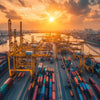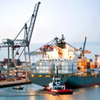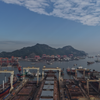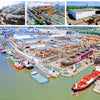Return to Stability: Why Global Owners Are Choosing Chinese Shipyards Amid Market Uncertainty
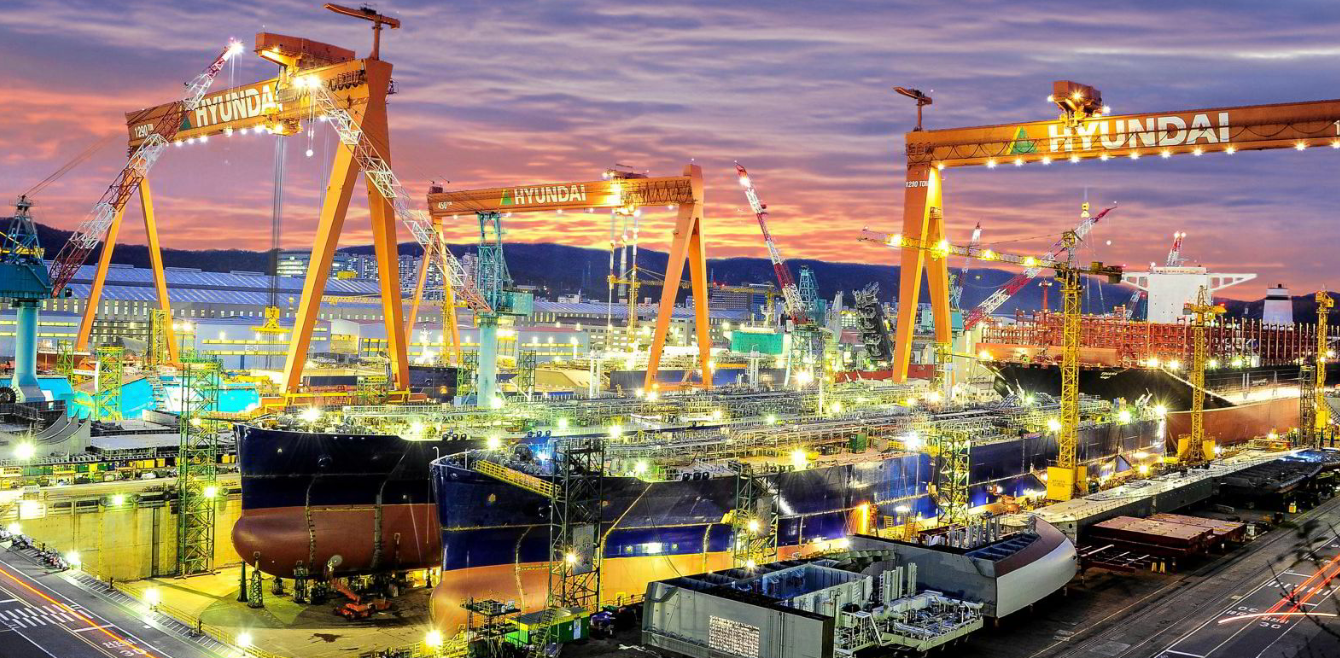
The global shipping market is experiencing a familiar turbulence: BDI volatility, sudden cargo surges on key routes like Shanghai-US (“space sold out until June”), and geopolitical policy shifts.
Yet beneath this surface chaos, a clear trend has emerged—international owners are decisively returning to Chinese shipyards** for both newbuilding and premium secondhand vessels.
1. The Policy Shift That Unlocked Confidence
When the U.S. announced its *Section 301 Investigation* targeting Chinese shipbuilding earlier this year, uncertainty loomed. But the April 17th adjustment by the USTR proved pivotal:
- **Exemptions expanded**: Non-Chinese owners gained a 3-year transition window for vessels built in China
- **Flexibility restored**: Punitive port fees linked to “fleet Chinese-built vessel ratios” were scrapped
This recalibration signaled to global operators that partnering with China remained strategically viable—and the market responded immediately.

2. The Proof Is in the Orders: Who’s Building in China Now
In late April alone, Chinese yards secured **20+ major vessel contracts** from leading international owners, defying fragmentation fears:
- **Seaspan (Canada)** ordered 6×10,000 TEU container ships at Waigaoqiao Shipbuilding, settled in *cross-border RMB*—a nod to financial innovation
- **Dynacom (Greece)** booked 2×159,000 dwt Suezmax tankers at New Times Shipbuilding
- **RCL (Thailand)** added 4×4,400 TEU/11,000 TEU boxships at CSSC Huangpu Wenchong
- **Angelakos (Greece)** committed to 8×82,000 dwt Kamsarmax bulk carriers at COSCO Heavy Industry
- **COSCO Shipping** invested $3.08B in 14×18,500 TEU methanol dual-fuel giants—the largest green container ship order globally
This isn’t coincidence—it’s a vote for certainty.
3. Why China? The Unmatched Value Proposition
Beyond policy clarity, owners cite concrete advantages anchoring their return:
A. Green Tech Leadership
Chinese yards now dominate high-value, low-emission vessel construction. COSCO’s methanol-ready megaships (delivery 2028–2029) and Waigaoqiao’s eco-designs (40%+ CO₂ reduction vs. legacy vessels) exemplify this capability. For owners facing CII or EU ETS pressures, these builds offer compliance *and* efficiency.
B. Delivery Reliability
While U.S. naval projects face 1–3 year delays due to labor shortages, Chinese yards maintain predictable timelines. The *structural integrity* of China’s shipbuilding ecosystem—from raw materials to outfitting—ensures owners avoid costly delivery gaps.
C. Transactional Innovation
RMB-denominated contracts (like Seaspan’s) mitigate forex risks. Yards also offer hybrid financing, reflecting adaptability Western counterparts struggle to match.
4. Secondhand Surge: Strategic Moves in a Rebalancing Market
Newbuildings aren’t the only opportunity. As freight markets recalibrate post-Red Sea, savvy players are acquiring quality tonnage:
- **Bahtera Adhiguna (Indonesia)** bought ice-class Panamax *Golden Ruby* (74,100 dwt) for $22M to secure coal transport capacity
- **SCI (India)** is tendering for 12,000–18,000 TEU and 1,500–2,500 TEU vessels, targeting “15-year-old, reputed Chinese-built” ships
- **BDI volatility** (Capesize spot rates +3.6% late May) makes younger Chinese-built secondhand vessels ideal for agile fleet deployment



